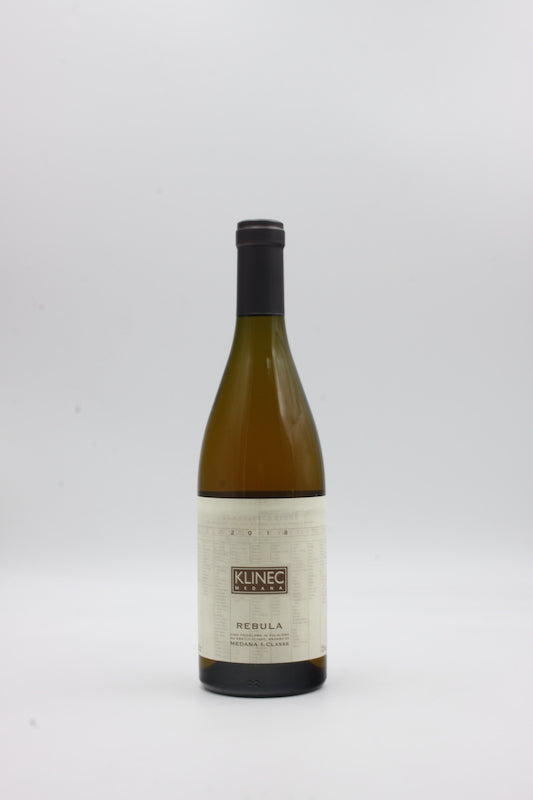Free shipping within Austria from € 99
Free shipping to Germany from € 120
Shipping costs within the EU
Payment methods
Collection: Ribolla Gialla
Ribolla Gialla, known as Rebula in Slovenian, is native to the Italian-Slovenian border region. Its most important cultivation areas are Collio Orientale and Collio on the Friulian side and Goriška Brda on the Slovenian side.
The grape variety appears to have been at home here since ancient times. The first documents mentioning it date back to the 13th century. By the 14th century, Ribolla Gialla already seemed to enjoy great popularity. After Leopold III of Habsburg inherited Trieste in 1382, he is said to have demanded around 8,000 liters of wine made from it annually from the city (source: ribollagialla.org).
How it was produced back then is not known. However, it is quite likely that the grape was fermented on the skins like red wine. Unlike most other white grape varieties, macerating Ribolla Gialla’s grapes has always been common practice—and for good reason. When pressed directly, Ribolla Gialla usually produces thin, neutral wines that are rarely noteworthy. However, with a bit of skin contact, a wide range of inviting aromas emerges in the wine—dried flowers, candied fruits, nutmeg, tobacco, saffron, honey, ripe apricots—and the tannins and body help balance its often brisk acidity.
Ribolla generally prefers hillside vineyards and poor soils, which naturally curb the vine’s typically abundant yields—old vines are certainly no disadvantage in this regard. In the cellar, however, a delicate touch is required to find the right balance between aromatic intensity, tannin, and acidity during maceration. Fortunately, since most winemakers in the region have been vinifying their wines with skin contact for many years, the density of excellent interpretations is impressively high.
-
Rebula 2019
Vendor:KlinecRegular price €39,90 EURRegular priceUnit price / per -
Grande Waldo 2022
Vendor:Nikolas JureticRegular price €39,90 EURRegular priceUnit price / per


